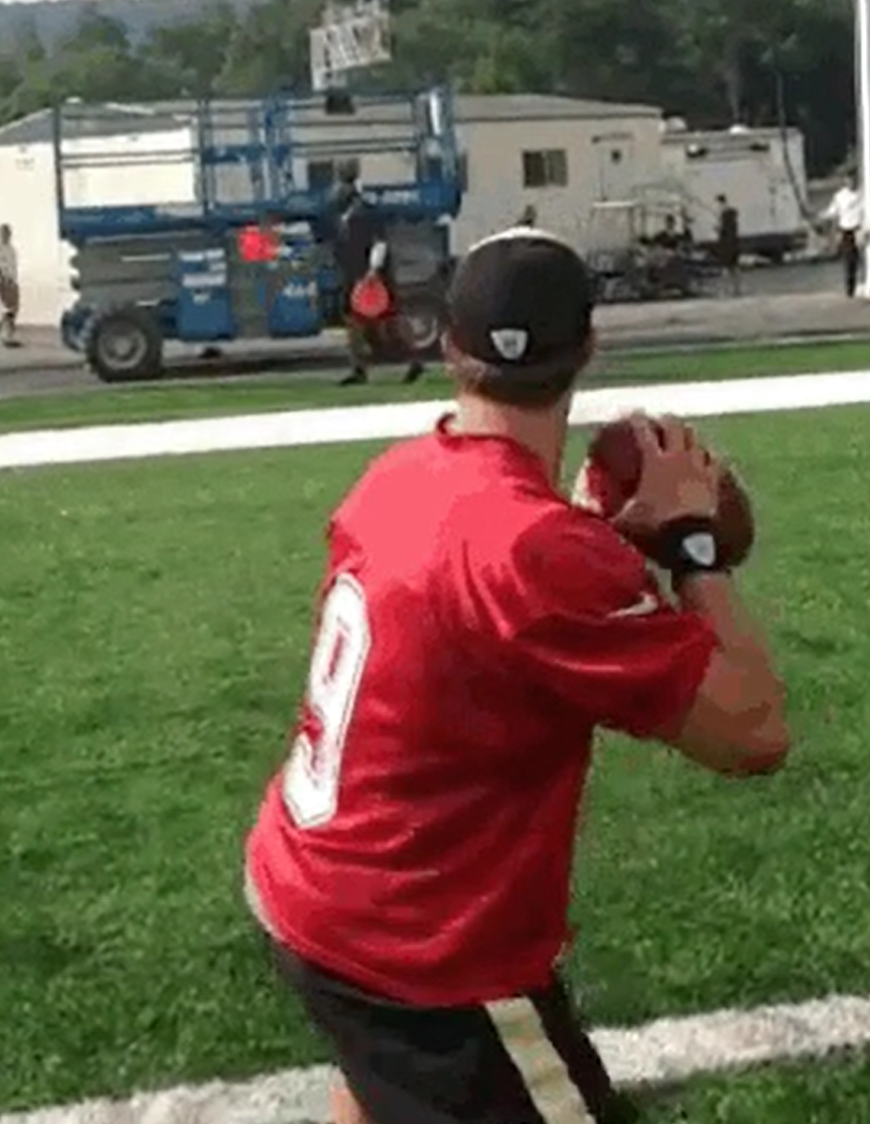The Core - Inside & Out
Test your knowledge with our fun little quiz
(Before you read the article!)
…. Ok you're back? Let’s break it down. 🤓
The Core - What most people forget
Any definition of the word Core you find includes ‘centre’ or ‘central’. So, this gives you a clue to the location – our centre.
If we take this literally, when you look at your centre, you see your abs. Given that our neck doesn’t rotate much past 90 degrees and mirrors generally reflect our front, it makes sense that some people forget that we are 3D objects! And therefore forget about our back, and our insides, which makes up most of the core.
So, as 3D beings, our core is also 3D. There are muscles making up the front, back, top and bottom.
The function of the Core
If you understand the function of the core, it’s easier to figure out which muscles constitute as the The Core.
The role of the core is to provide stability to the lumbopelvic region or in real words: the lowerback-hip region. Hence, most of the muscles that connect to the hip and lower back are considered to be apart of the core.
In addition to stability, the core acts as a bridge between the lower body and upper body, transferring force between the two. An easy example of this include throwing (step, twist, throw).
The Core Muscles – Anatomy
So, now you know where the core is and what it does, it should be easier to understand why the answer from our quiz is:
D) Diaphragm, pelvic floor, abdominals, back muscles, glutes, hips and maybe lats?
Back to our 3D Core…. Did I mention that it’s also multi-layered!?
When clinicians such as exercise physiologists and physiotherapists talk about The Core we are generally discussing what may colloquially be referred to as “The Deep Core.”
The Deep Core is made up of the “deeper” muscles. This means they are below layers of other muscles. We’ve created this basic cone image to help explain:
The “Outer Core” muscles play some role in core strength, but less so in core stability. That’s because their primary function is for movement. These include the Rectus Abdominis (six pack muscle), the gluteus maximus muscles (your butt), and the large muscles of your lower back (Erector Spinae). And in some circles the Latissimus Dorsi (the large muscle at the back, predominately responsible for chin ups, aka Lats) are also considered a part of the core as some of it originates from the hip bone.
Now you really know what the core is! Don’t miss the release of our future blogs to find out why we need a strong core and read a review of the best core exercises: Follow Us!
Author: Biara Webster, BExSc&Nurt, MClinExPhys(Rehab) 












